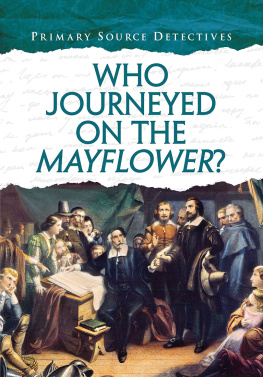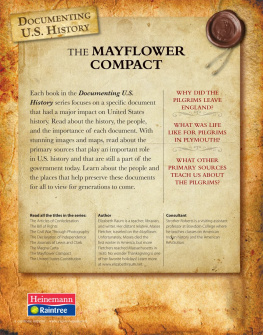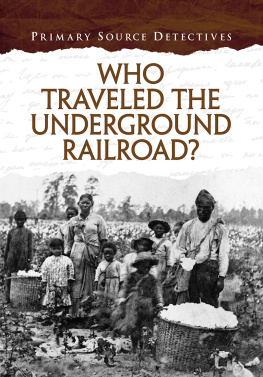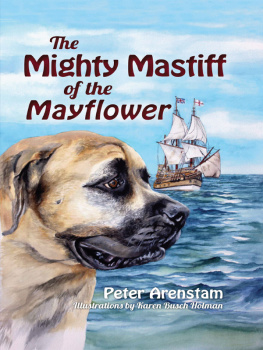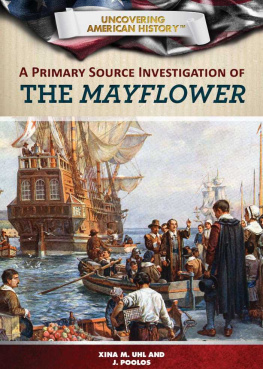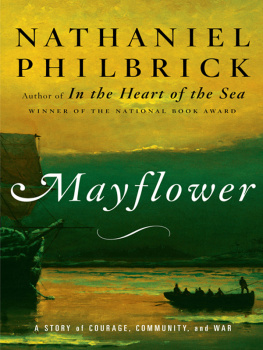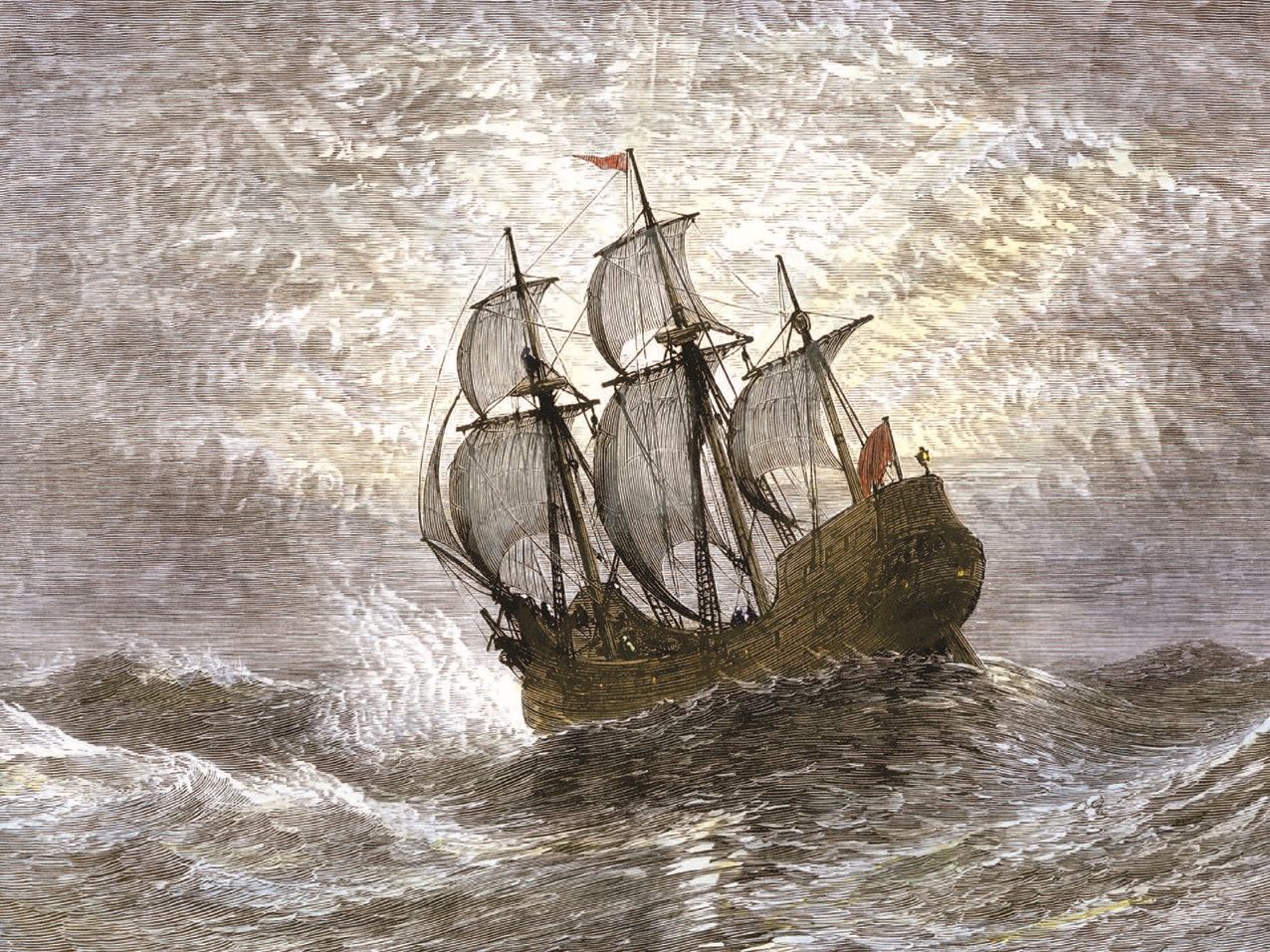FIND OUT MORE
BOOKS
Arenstam, Peter. Mayflower 1620: A New Look at a Pilgrim Voyage . Washington, D.C.:National Geographic Society, 2007.
Philbrick, Nathaniel. The Mayflower and the Pilgrims New World . New York: G. P.Putnams Sons, 2008.
WEB SITES
www.histarch.uiuc.edu/plymouth/index2.htmlmith.umd.edu//eada
You can find primary sources on both these web sites.
mayflowerhistory.com
Caleb Johnsons web site is a treasure trove of information about the Mayflower andthe Pilgrims, and it includes a broad selection of useful primary sources.
memory.loc.gov/ammem/collections/jefferson_papers/mtjvatm.html
You can find out more about the Virginia Company and the history of early settlementin North America on this web site.
www.pilgrimarchives.nl
Visit the Pilgrim Archives web site.
www.pilgrimhallmuseum.org
The web site for the Pilgrim Hall Museum has huge amounts of information about thePilgrims, all aspects of their story, and about Thanksgiving.
www.plimoth.org
Find out more about the Mayflower II and Plymouth Colony at this web site.
www.sail1620.org
Sail 1620 is a web site dedicated to Mayflower descendants in Pennsylvania. It alsohas lots of other useful information.
MUSEUMS
Pilgrim Hall Museum
75 Court Street
Plymouth, Massachusetts 02360
www.pilgrimhallmuseum.org
Pilgrim Monument and Provincetown Museum
High Pole Hill Road
Provincetown, Massachusetts 02657
www.pilgrim-monument.org
Plimoth Plantation
137 Warren Avenue
Plymouth, Massachusetts 02360
www.plimoth.org
OTHER TOPICS TO RESEARCH
There are many interesting topics related to the Mayflower . Start with the suggestionsbelow and discover which area holds the most interest for you.
Settlements:
Find out more about the other settlements that existed in North America at the timeof the Mayflower voyage, such as the one at Jamestown. When was it founded, who foundedit, and how did the colonists survive their voyage and first year?
Later voyages:
Find out more about the settlers who arrived in Plymouth after the Mayflower . Whosailed on the Fortune , the Anne , and the Little James ? How did their arrival affectlife in the new colony?
A NARROW ESCAPE
It is fall 1620. A tiny ship battles the waves on the vast Atlantic Ocean. It iscrammed with people. They are constantly wet, and many are seasick. The weather isincreasingly stormy and treacherous. At times, the wind is so strong that the crewmembers take in all the sails and simply allow the ship to driftit is too dangerousto try to sail. On October 1, they are once again being battered by wind and waveswhen a cry goes up: Man overboard! One of the passengers, a man named John Howland,has slipped on the wet deck and fallen over the side. However, as he falls, he grabsa rope trailing in the sea. He holds on for dear life, although he is being half-drownedby the wild waves. As the icy water begins to numb his hands, he feels somethinggrab at his clothes. Howland is hoisted back to safety with a long boat hook.
HOW DO WE KNOW?
After this narrow escape, Howland went on to live for another 50 yearsunlike themajority of his fellow passengers. He was one of the Pilgrims, and the little shipwas the Mayflower . This book tells the story of the Pilgrimswhy they ended up crossingthe Atlantic on the Mayflower , and what happened to them after they finally arrivedon the shores of North America. But it also examines how we know about this voyage.What are the documents and objects that have allowed historians to piece togetherevents that happened nearly 400 years ago?
HISTORY DETECTIVES: WHAT IS A PRIMARY SOURCE?
In history, a primary source is one that gives us firsthand information about anevent or a particular period in time. Primary sources come in many different formstheycan be eyewitness accounts, sketches or paintings, documents such as wills or lists,or, from more recent times, photographs or films.
This is an artists impression of the Mayflower at sea. No pictures of the ship exist,so historians and artists rely on descriptions from primary sources.
MEET WILLIAM BRADFORD
The account of Howlands near-drowning is found in a journal entitled Of PlymouthPlantation by one of the Pilgrim leaders, William Bradford. We will find out a lotmore about Bradford and about his history of the Pilgrims throughout this book. Thedocument is a primary source that gives us important information about what happenedto the Pilgrims. Below is a brief extract from Bradfords description of Howlandsadventure. To make it easier to understand, some spellings have been changed fromthe original. For example, shipe has been changed to ship, and yonge to young:

